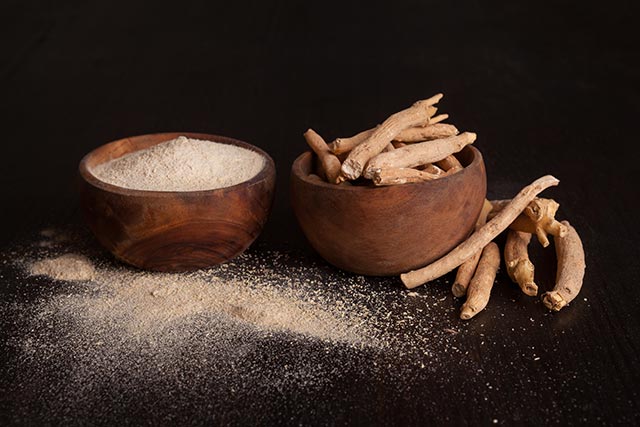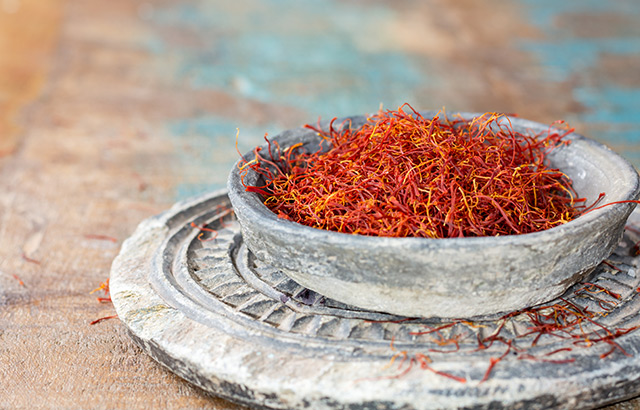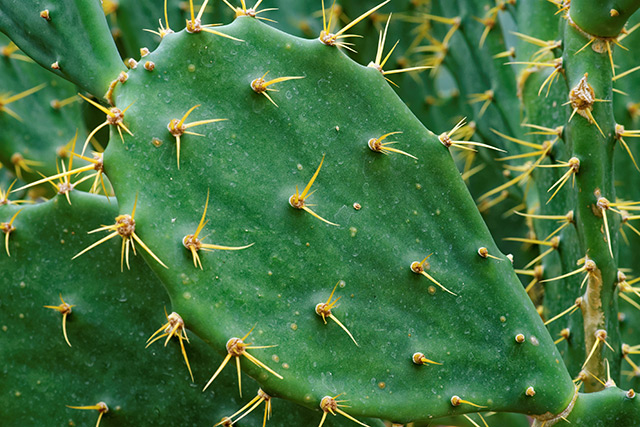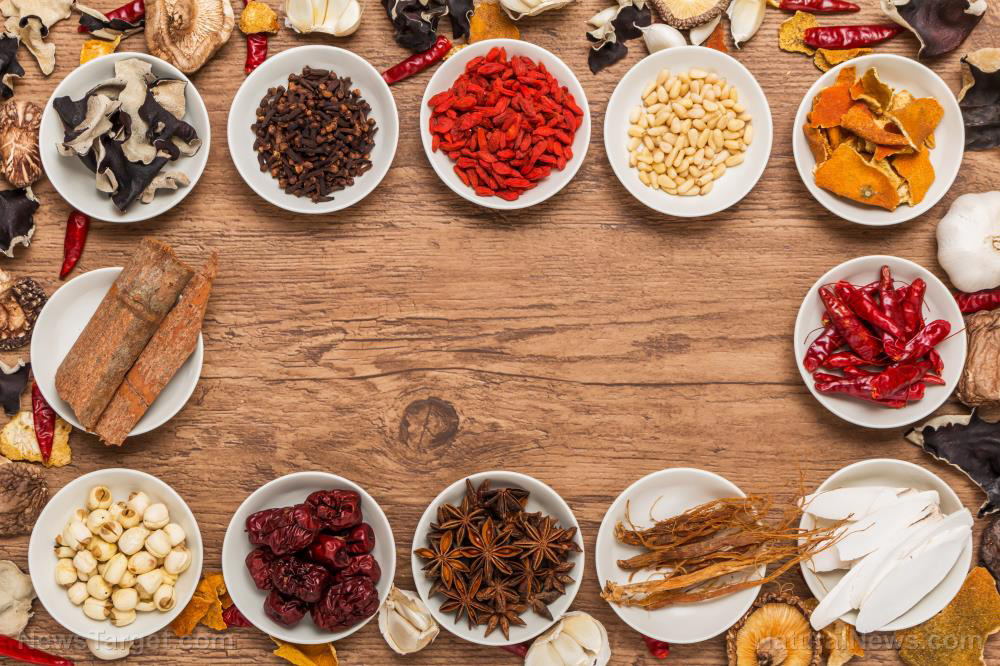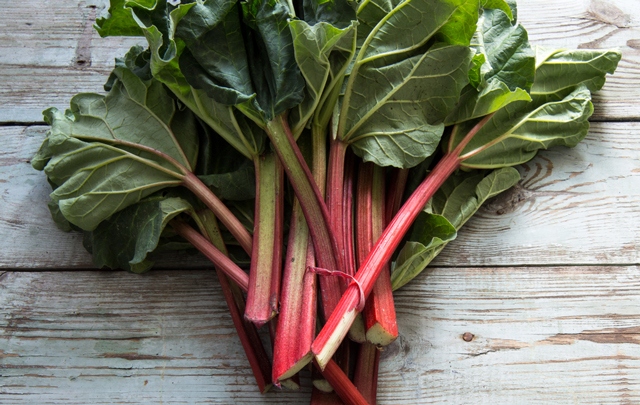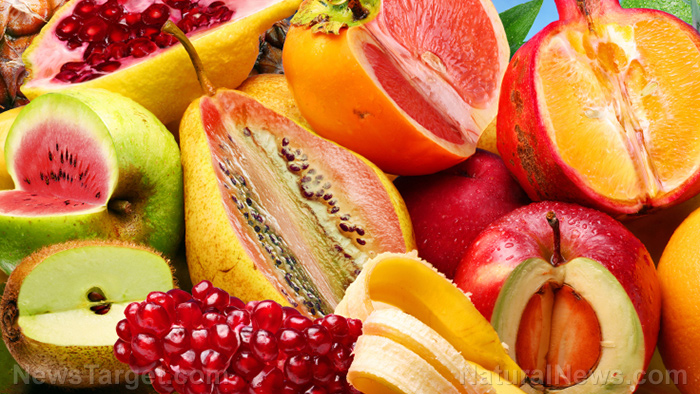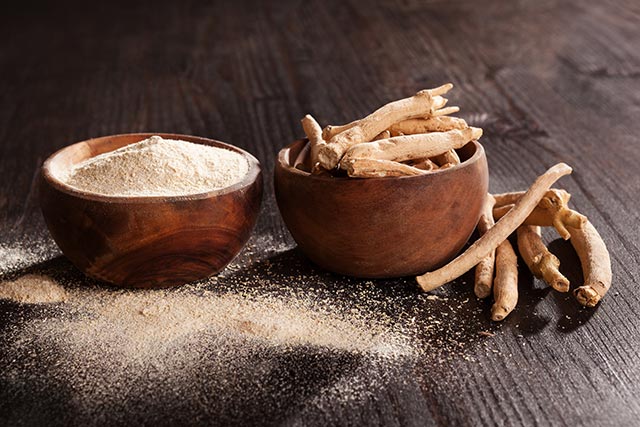Researchers say this aromatic plant is a valuable natural source of powerful antioxidants
02/11/2019 / By Ellaine Castillo
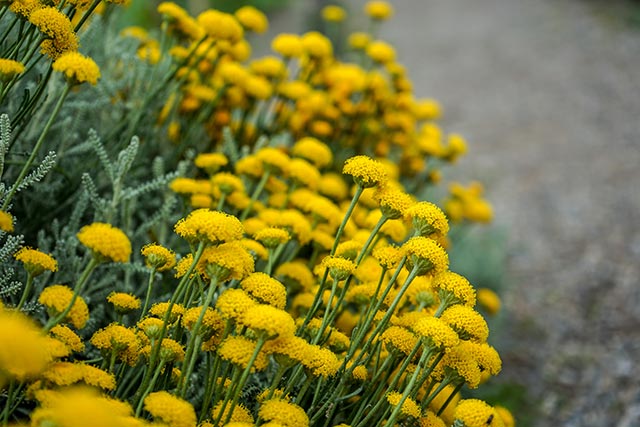
Antioxidants are extremely valuable compounds that are widely used for nutraceutical and biopharmaceutical applications. Although these compounds are naturally produced by the body, there are instances wherein the number of free radicals produced cannot be balanced by the inherent antioxidant levels. This could lead to chronic diseases like atherosclerosis, cancer, diabetes, and neurodegenerative diseases. Fortunately, there are many plants that are rich in natural antioxidants. Recently, a team of scientists from the University of Setif in Algeria found that the aerial parts of the cotton lavender plant (Santolina chamaecyparissus) have potential use as sources of phytochemicals with antioxidant and anti-inflammatory properties.
Cotton lavender — which is grown across Europe, Asia, and Africa — is a shrub that can be identified through its bright yellow flowers and silver-gray filamentous leaves. This herb is widely used in Mediterranean and African folk medicine as a remedy for intestinal worms, digestive problems, and dermatitis. Moreover, cotton lavender exhibits antihelmintic, antiseptic, antispasmodic, bactericidal, fungicidal, and wound healing properties. Unfortunately, there are no prior studies regarding the plant’s antioxidant and anti-inflammatory properties.
In this study, published in the journal Pharmacognosy Communications, the researchers evaluated the in vitro and in vivo antioxidant and anti-inflammatory properties of cotton lavender. To do this, they first collected extracts from dried and powdered aerial parts of the plant, which they then fractionated into crude (CE), chloroform (CHE), ethyl acetate (EAE), and aqueous (AE) extracts. The team proceeded to determine the total phenolic and flavonoid content of the different fractions and they found that EAE had the highest concentration of these phytochemicals, followed by CE and CHE.
Mother Nature's micronutrient secret: Organic Broccoli Sprout Capsules now available, delivering 280mg of high-density nutrition, including the extraordinary "sulforaphane" and "glucosinolate" nutrients found only in cruciferous healing foods. Every lot laboratory tested. See availability here.
The next part of the experiment involved the determination antioxidant activity, which the researchers did through in vitro free radical scavenging assays. In addition to this, the team evaluated in vivo antioxidant activity in male Swiss albino mice using parameters like catalase activity, glutathione content, and the degree of lipid peroxidation. The results of these experiments showed that cotton lavender extracts have free radical scavenging activity and the ability to improve glutathione and catalase content. These indicate that the plant has potent antioxidant activity.
To determine anti-inflammatory activity, the researchers used phorbol myristate acetate (PMA) to induce ear edema in Swiss albino mice that were pre-treated with cotton lavender extracts or the anti-inflammatory drug diclofenac. After six hours, they proceeded to kill the mice in order to determine changes in edema weight. They found that cotton lavender inhibited ear edema by 61.51 percent, proving that it has anti-inflammatory properties.
Overall, the results of this study show that cotton lavender has antioxidant and anti-inflammatory properties that can be attributed to its phytochemical content. With further studies, the specific compounds responsible for these properties can be identified and extracted for various applications. (Related: Can natural antioxidants be used to stabilize the properties of some biodiesels?)
Health benefits of antioxidants
Antioxidants are integral parts of a person’s diet since they have various health benefits, which include the following:
- Improving cardiovascular health — Studies have shown that adequate intake of antioxidants like vitamins C and E, selenium, copper, and zinc can reduce stroke risk by up to 50 percent.
- Reducing the risk of dementia — Antioxidants improve cognitive health by preventing brain inflammation and oxidative damage, which contribute to the development of Alzheimer’s and dementia. Additionally, antioxidants improve blood flow so that brain cells get an adequate supply of oxygen and nutrients.
- Preventing cancer — To reduce cancer risk, it is important to increase your intake of antioxidants since these compounds fight oxidative stress and inflammation that can cause cancer.
Read more news articles on plants with medicinal properties by visiting Phytonutrients.news.
Sources include:
Tagged Under: anti-inflammatory, antihemolytic, antioxidant, cotton lavender, herbal medicine, Herbs, inflammation, natural cures, Santolina chamaecyparissus





